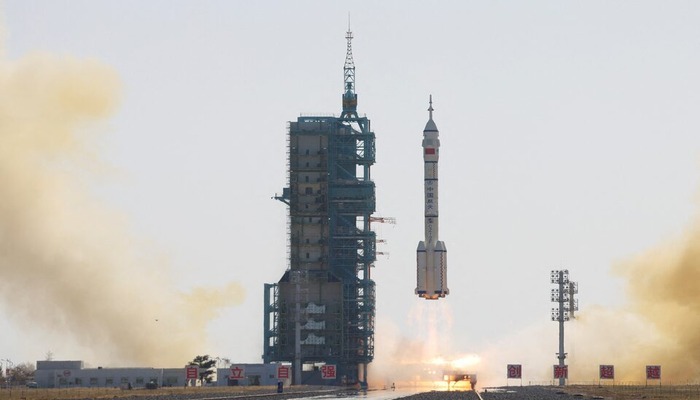
China is set to launch a new crew to its Tiangong space station early Wednesday (October 30), marking another step in its rapid rise as a major space power. The mission, operated by the China National Space Administration (CNSA), would be carrying two men and one woman aboard the Shenzhou-19 spacecraft. This crew would replace the team that has lived and worked in Tiangong for the last six months.
Leading this mission is Commander Cai Xuzhe, a seasoned astronaut who previously flew on the Shenzhou-14 mission in 2022. Joining him are a former air force pilot Song Lingdong, and an engineer and payload specialist Wang Haoze.
Wang would be the third Chinese woman to travel into space. The crew plans to conduct scientific research and maintenance activities aboard the Tiangong station, designed as China’s orbiting labs.
The Shenzhou-19 spacecraft would launch from the Jiuquan Satellite Launch Centre on a Long March-2F rocket, a staple of China's space missions. The mission launch is scheduled for 4:27am, according to CNSA spokesperson Lin Xiqiang. This journey is a part of China’s larger vision, including putting a Chinese astronaut on the moon by 2030.
China's space programme has grown rapidly in recent years, fuelled by national pride and its ambitions to compete with global leaders like the United States (US). After being excluded from the International Space Station (ISS) due to security concerns, China constructed Tiangong, which means “Heavenly Palace.” The CNSA has since placed an explorer on Mars and is developing plans to build a lunar research station.
This crew’s mission is scheduled to last until April or early May. In addition to conducting scientific experiments, the crew would perform spacewalks, receive supplies from an uncrewed cargo craft, and install protective equipment on the station.
















